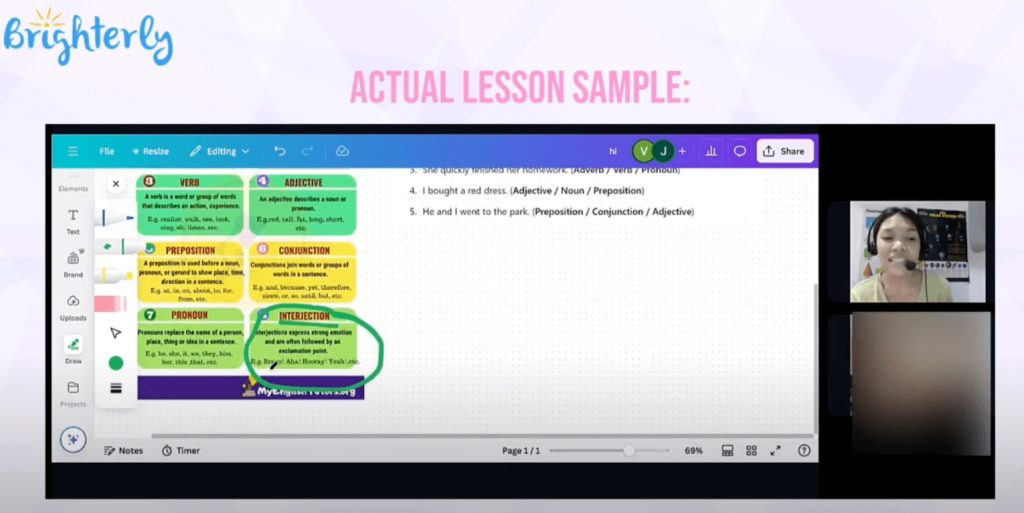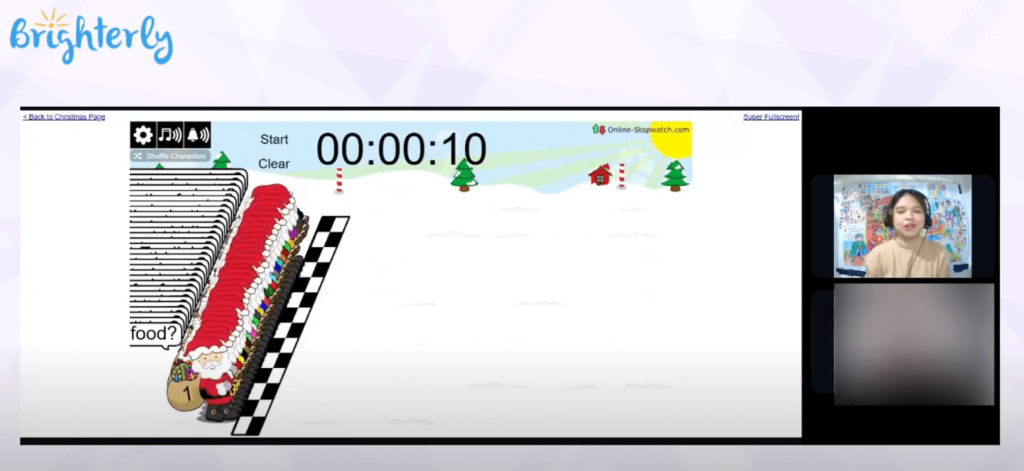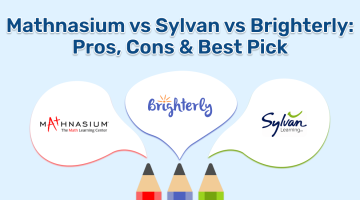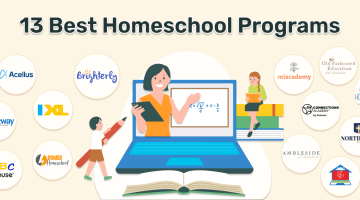How to Teach Sight Words: 4 Fun and Effective Strategies for Kids
reviewed by Laila A. Lico
Updated on November 4, 2025
Simple rote learning and memorizing won’t always work, right? At least when you’re teaching sight words to kids. Whether you want your child to improve their ELA skills or be fluent in reading, knowing practical ways to teach sight words and make the process less boring can surely give some benefits. Read on to explore how to help kids with sight words and make learning interactive.
What are sight words?
Sight words are high-frequency words that children should recognize instantly without sounding them out. These short, common words appear in almost every sentence – for example, the, is, and, you, at, can. Teachers often use the Dolch or Fry sight word lists, which group these words by grade level. Learning sight words helps kids read faster and more fluently, because they no longer need to pause to decode every simple word.
Examples of common sight words
Level |
Examples |
| Preschool | I, me, up, go, no |
| Kindergarten | the, and, can, see, said |
| 1st Grade | where, before, again, could |
When do kids learn sight words?
Children typically start learning sight words between the ages of 4 and 5. Usually, they learn sight words in kindergarten or at any time up to 1st grade. Yet, much depends on the child and their journey. It means that teaching sight words can begin before school or after first grade – in any case, it should take place when kids are ready.
How to teach sight words? Key methods
- Introducing sight words with stories and read-alouds
- Applying phonics to teach sight words
- Teaching sight words at home with chants
- Using games as an easy way to learn sight words
Long story short, the best way to teach sight words is to use active and engaging strategies rather than simple memorization.
#1 Introducing sight words with stories and read-alouds
Best for: toddlers, preschoolers, and early readers.
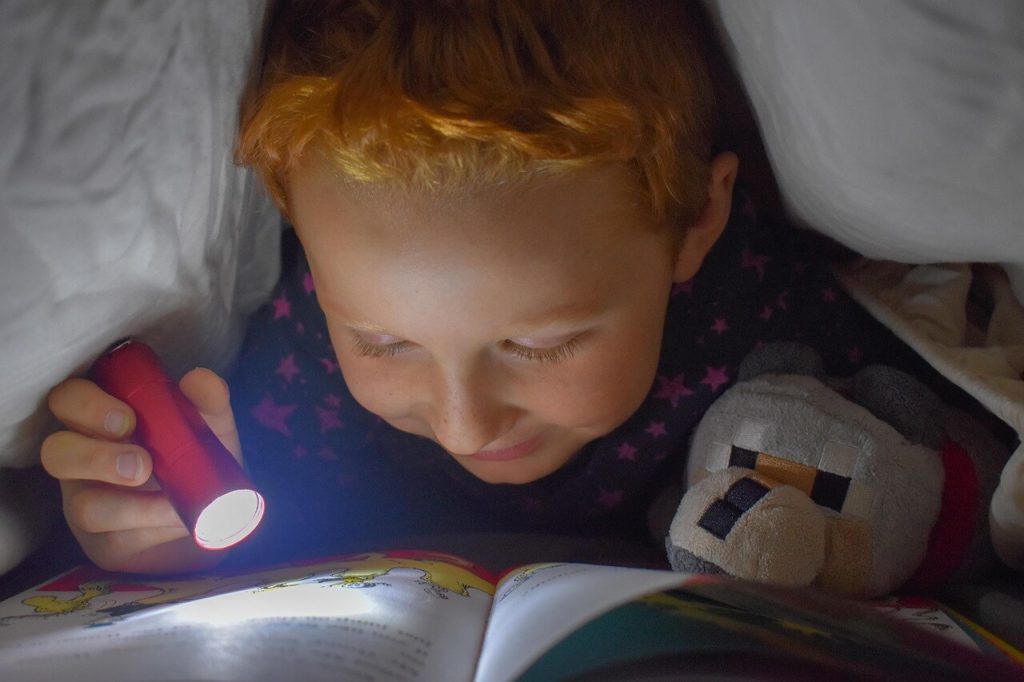
Does your child love story time? I bet they do. If so, chances are high that you can leverage read-alouds to encourage your child to learn new sight words.
The main secret here is to use read-alouds as a prerequisite for studying and make them interactive.
Consistency is key when teaching sight words to kindergarten kids; even five minutes a day for a story can make a difference in the long run.
Learning to read sight words using stories: How it works
- Show or board the small list with words beforehand and try spelling them together before telling a story.
- Keep the sight words lists as references so you can refer to, play a game, trace a word with a finger, or spell during a story.
- When you start the story, point out and repeat those words. Make them central in interactive parts. Then, ask questions about their favorite parts. It will encourage your child to use those words and keep them engaged in recognizing them.
According to the study, many children’s books naturally include simple sight words for toddlers. Thus, reread your favorite books and revisit the beloved characters. It’s all about repetition and memorizing in the end.
Learning sight words with Brighterly reading tutors
Keeping read-alouds interactive and knowing that the child is progressing may be hard. That’s where Brighterly, a tutor platform with an award-winning structure and 1:1 tutoring, might help.
Its tutors focus on interaction and engagement, making lessons playful and memorable. Children don’t just listen to a story, but actively participate and thus learn sight words in a fun way.
Notably, it’s not just a set of lessons at an affordable price. Brighterly offers a reading program tailored to different grades, following Common Core standards. That way, teaching sight words is consistent and aligns with best practices, including reading worksheets and tests.
#2 Applying phonics to teach sight words
Best for: kids who know their letter sounds
Phonics is primarily about teaching how letters and sounds are related to one another. And yes, it’s one of the methods, if not the best way, to teach sight words in kindergarten.
If the kids can decode parts of words, they will not need to constantly keep them in their memory, right?
Sight words follow standard sound rules with just a small irregular part. Let’s say you want to teach words such as “said” and “again”. In terms of phonics, you can see their letters in the following way:
- said: s and d are regular, but ai is irregular.
- again: letters g and n sound as expected, but ai makes the /ə/ sound.
In this case, the best way to learn sight words like these is to ensure a child knows the sounds /s/ and /d/, or /g/ and /n/ to decode them, and then memorize the “ai” sound.
How to learn sight words with phonics?
- Present the word and say the sounds. First, pronounce the word slowly and let your child pick out the regular sounds.
- Mark the regular letters. Now, point out the letters that follow the standard rules.
- Highlight the tricky part. If you have a card with a word, circle or highlight the irregular letters.
Blend, read, repeat. Lastly, ensure kids join the sounds, pronounce the whole word, and repeat the sequence
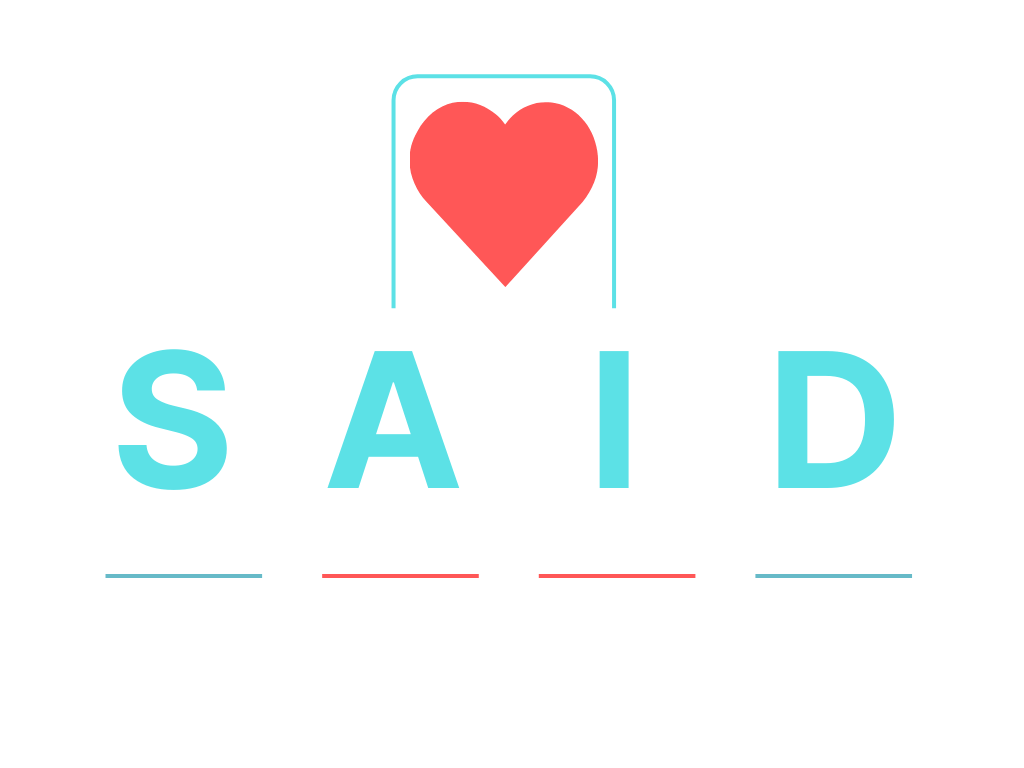
Think of it like a puzzle: fit regular pieces first, then remember the unusual ones.
Tip. If you are ready for a more advanced approach, consider the phoneme-grapheme method or the Heart method.
#3Teaching sight words at home with chants
Best for: Active, young learners who enjoy music and movement.
Music has a profound impact on children’s engagement. It’s already a significant reason to use chants and songs in teaching sight words to preschoolers. Instead of drilling and flashcards, you can use rhythm, clapping, and moves.
You can pair up with your kid and watch videos to learn new words or combinations.

How to teach kindergarten sight words with songs?
Don’t simply spell out the sight words; create a song about the word or merely sing these words. Sure, you can draw inspiration from any song or video and simply clap to the tune. Let’s take a “What is this? What is that?” song as an example.
You can set up a question-and-answer structure like here:
- You sing: “What is this?
- Your kid replies: This is IS!
Mix up the words, questions, and answers, teaching sight words to a kindergarten child. However, don’t forget stumps and arm taps reinforce rhythm.
Note: The study shows that using music can advance cognitive development, as when a song supports teaching, it’s easier for a child to learn clear and correct pronunciation.
#4 Using games as an easy way to teach sight words
Best for: wiggly kids who love to play
Games are a great way to teach sight words, whether it’s adventures, quiet puzzles, or fun activities like ‘floor is lava.’ Games are especially useful if a group of young students is struggling with learning to read consistently.
Games for teaching kindergarten sight words
Game |
Rules |
Players |
| Floor is Lava | Place 5–6 sight words on the floor as “stones,” and call one out. The child should step only on that word. If misread, restart. | 1–2 |
| Sight Word Go Fish | Make duplicate sight word cards. Players ask for words to make pairs (similar to “Go Fish”). | 2–4 |
| Scavenger Hunt | Hide word cards around the room. Call out a word; the child should find and read it before collecting it. | 1–3 |
| Mix and Fix | Scramble the letters of a sight word. The child rearranges them into the correct order and reads them aloud. | 1–2 |
How to teach sight words with a gamified experience?
The best way to teach sight words at home is not necessarily a physical game, but an online one. In addition to reading worksheets, you can use digital flashcards with sound and animation to significantly support recognition. Other than that, you can use tools such as Quizlet or ask for an expert on specific platforms.
Note: Specific online software, such as reading apps with games, can significantly impact reading skills learning due to high enjoyment levels during play.
Brighterly math and reading tutoring platform is another effective option, as its reading program would add a personal touch by combining online games with 1:1 tutoring, adapting activities to your child’s age and pace.
How to teach sight words to preschoolers?
The best ways to teach sight words to preschoolers include the see and play method, spell reading, and air writing. When teaching, focus on a few simple words used in meaningful contexts. You can start with a group of simple words like ‘look’, ‘play’, ‘red’, blue’, ‘mom’, or ‘dad’. The great tools to teach sight words to preschoolers would be through songs, alphabet books, and object labels.
How to teach sight words to kindergarten children?
The best way to teach kindergarten sight words is to incorporate sight word practice into kids’ daily routine in a structured and interactive manner. An excellent tactic is to define a small number of key words and learn them through various activities. They may refer to flashcards, drills, or read-aloud stories.
What’s the best way to teach sight words in 1st and 2nd grade?
The best way to teach sight words in the first two grades is by creating a specific setting and interactive experience. The kids’ sight word bank is larger now, and texts are more complex, so the child’s focus is harder to maintain. That’s why platforms with reading tutors like Brighterly can be at hand. They will help personalize lessons to the child’s needs and develop games and activities to keep them engaged.
How to teach kids sight words? Conclusion
There are enough methods for teaching young students sight words. They all revolve around the principle of making learning an active and enjoyable experience.
As a parent, you may:
- Use stories and read-alouds
- Leverage phonics
- Support teaching with songs
- Build experience around games
Now you know simple and fun ways to teach sight words at home. Yet, sometimes extra guidance can make a difference.
If you’re thinking of something, it is time to book reading class for your child. Brighterly reading and math tutoring platform offers 1:1 tutoring, structured and engaging activities, and helps kids grow confidence as readers. Plus, you can see it in action with a FREE first lesson.


